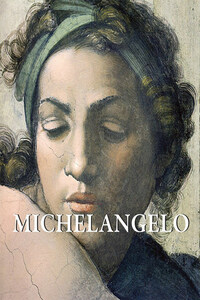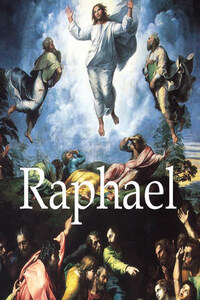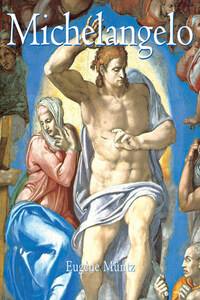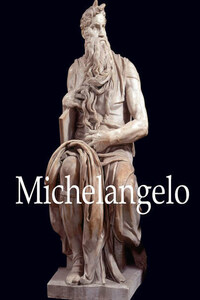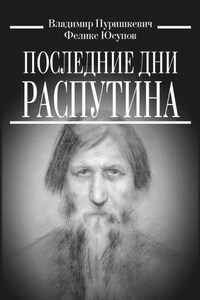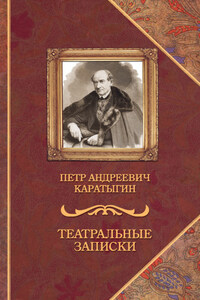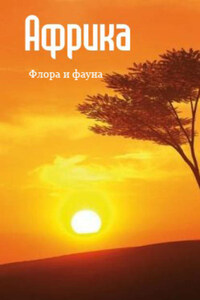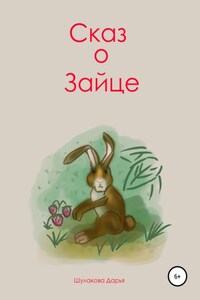Daniele Ricciarelli da Volterra, Portrait of Michelangelo, c. 1533.
Black chalk.
Teylers Museum, Haarlem.
Raphael, Portrait of Leo X with Cardinals Giulio de’ Medici and Luigi de’ Rossi, c. 1517.
Oil on wood, 154 × 119 cm.
Galleria degli Uffizi, Florence.
The Brancacci Chapel and Uffizi Gallery in Florence amply illustrate the powerful influence on Michelangelo of his fellow masters. Cimabue’s Madonna and Child Enthroned with Eight Angels and Four Prophets and Giotto’s Ognissanti Madonna, both at the Uffizi, as well as Masaccio’s Adam and Eve Expelled from Paradise at the Brancacci, all feed directly into one of the most talented and famous artists of Italy’s 16th century.
Up until the 14th century, artists ranked among the lower-class manual labour workers. After many years of neglect, Florence began importing Greek painters to reinvigorate painting, which had become stuck in a Byzantine style that was stiff, repetitious, and top-heavy with gold.
Born in Arezzo, Margaritone was one little-known 14th-century painter who broke away from the ‘Greek style’ that permeated painting and mosaics. Though a true pioneer, he is less remembered than Cimabue and Giotto. Also greatly influenced by Greek painting, Cimabue was a Florentine sculptor and painter who quickly injected brighter, more natural, and vivacious colours into his paintings. We are still a long way from Michelangelo’s Sistine Chapel, but painting was now moving in its direction.
No later than the early 14th century, Giotto di Bondone had fully emancipated Florentine painting from the Byzantine tradition. A student of Cimabue, he redefined the painting of his era. Between the aforementioned works of Cimabue and Giotto, a new trend stands out in the rendering of the Virgin’s face and clothing. Cimabue was breaking out of the Byzantine mould. In a later work, he would find himself influenced by one of his own students: Giotto’s Holy Virgin has a very lifelike gaze and cradles her infant in her arms like any normal caring young mother. The other figures in the composition appear less Byzantine and wear gold more sparingly. The pleating on her garb outlines the curves of her body. These features define his contribution to a 14th-century revolution in Florentine art. His skills as a portrait and landscape artist served him well when he later became chief architect of the Opera del Duomo in Florence, the bell tower of which he started in the Florentine Gothic style. Like Michelangelo after him, he was a man of many talents. The 14th century proved most dynamic and Giotto’s style spread wide and far thanks to Bernardo Daddi, Taddeo Gaddi, Andrea di Cione (known as Orcagna), and other heirs.

Cimabue, Santa Trinita Madonna, c. 1260–1280.
Tempera on panel, 385 × 223 cm.
Galleria degli Uffizi, Florence.
Giotto di Bondone, Maestà (Ognissanti Madonna), 1305–1310.
Tempera on wood, 325 × 204 cm.
Galleria degli Uffizi, Florence.
Fra Angelico, The Annunciation (landing of the second floor), 1450.
Fresco, 230 × 321 cm.
Convento di San Marco, Florence.
Next came a period of International Gothic influence in the 15th century, just as Masaccio erupted into the Florentine art scene with his rich intricacies of style. His impact on Michelangelo would be dramatic. Masaccio’s actual name was Tommaso di Giovanni Cassi; born in 1401, he died after only twenty-seven hyperactive years. He was among the first to be called by his given name, a sure sign of the new, higher social status for artists. Two of his noteworthy works include Trinity at the Santa Maria Novella and Expulsion from Paradise in the Brancacci Chapel. This leading revolutionary of Italian Renaissance art upset all the existing rules. Influenced by Giotto, Brunelleschi’s new architectural attitude to perspective, Donatello’s sculpture, along with other friends or cohorts, Masaccio added perspective into his frescoes alongside those of Brancacci, populated with figures so lifelike the eye almost senses their movements. Masaccio steers attention towards exactly what he wants you to notice, leaving viewers no leeway for apathy. Expulsion from Paradise is easily his masterpiece: hunched over with sin and guilt, the two figures radiate pure shame and suffering. It is distinctly more terrifying than Masolino’s treatment of the same theme opposite it. Late 20th-century restoration work on the chapel abolished the fig leaves, bringing all genitalia back into full view: this was the first nude painting in history and Masaccio was now contributing art that was far removed from anything Byzantine. His painting was so original that Fra Angelico, Leonardo da Vinci, Raphael, Caravaggio, Ingrès, and even Michelangelo himself all went out of their way to see it. Whatever direction their works took, each owed his debt to Masaccio.
Masaccio’s legacy is vast. Fra Giovanni da Fiesole (known as Fra Angelico) was deeply influenced by him, though many years his senior. This pious and humble Dominican friar completed lovely frescoes for the cloisters and cells of the San Marco Convent, including the
